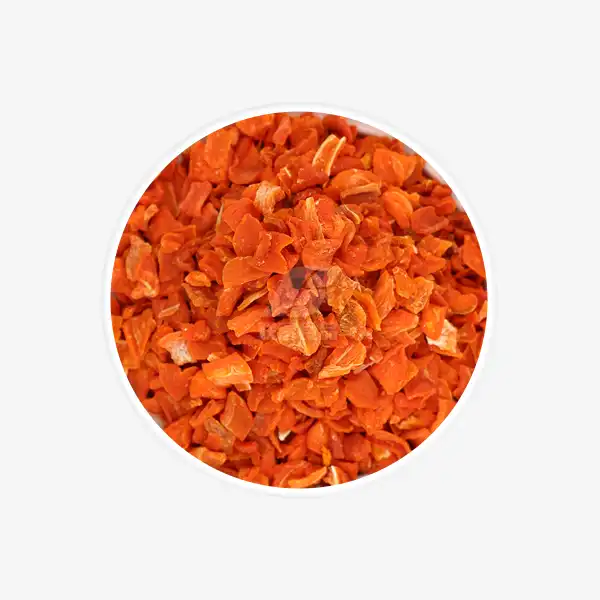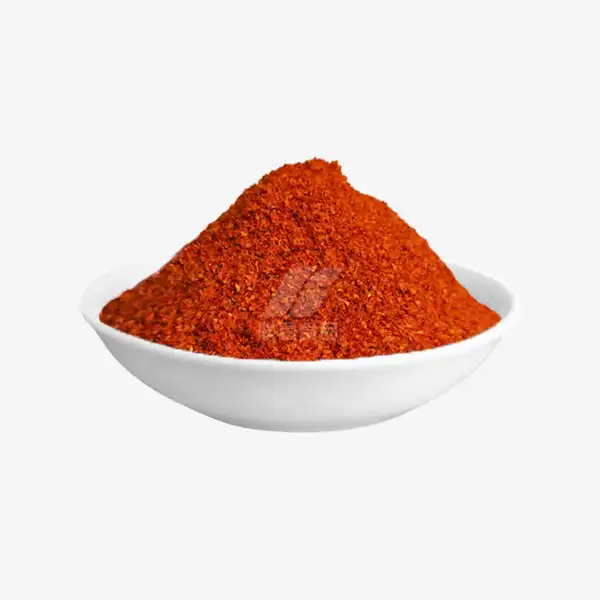How to Keep Dehydrated Garlic Fresh Longer?
Preserving the quality of your dehydrated minced garlic requires attention to several key factors. Here are some essential tips to help you maintain its freshness:
Control Moisture Levels
Moisture is the enemy of dehydrated garlic. To prevent rehydration and potential mold growth, store your garlic in a cool, dry place away from sources of humidity. Consider using silica gel packets in your storage containers to absorb any excess moisture.
Maintain Proper Temperature
Extreme temperatures can negatively impact the quality of dehydrated garlic. Aim to store it at room temperature, ideally between 60-70°F (15-21°C). Avoid placing it near heat sources like ovens or in direct sunlight.
Protect from Light Exposure
Light can degrade the flavor compounds in dehydrated garlic. Store your garlic in opaque or dark-colored containers to shield it from light exposure. If using clear containers, keep them in a dark pantry or cupboard.
Use Airtight Containers
Oxygen exposure can lead to flavor loss and potential spoilage. Invest in high-quality airtight containers to create a secure seal and prevent air from entering. Mason jars with tight-fitting lids or vacuum-sealed bags are excellent options.
Consider Vacuum Sealing
For long-term storage, vacuum sealing is an effective method to remove air and extend shelf life. This technique is particularly useful if you've dehydrated a large batch of garlic.
Label and Date Your Containers
While dehydrated garlic has a long shelf life, it's still important to keep track of when it was stored. Label your containers with the date of dehydration or purchase to ensure you use the oldest garlic first.
Regularly Check for Quality
Periodically inspect your stored garlic for any signs of moisture, discoloration, or off-odors. If you notice any of these issues, it's best to discard the affected portion to prevent potential contamination of the rest.
Top Mistakes to Avoid When Storing Garlic
Even with the best intentions, it's easy to make mistakes when storing dehydrated minced garlic. Here are some common pitfalls to avoid:
Storing in the Refrigerator
Contrary to popular belief, the refrigerator is not an ideal storage location for dehydrated garlic. The humidity inside can cause the garlic to rehydrate and potentially develop mold. Stick to room temperature storage in a dry environment.
Using Inadequate Containers
Flimsy plastic bags or containers with loose-fitting lids are unsuitable for storing dehydrated garlic. These allow air and moisture to enter, compromising the garlic's quality. Always opt for airtight, moisture-proof containers.
Neglecting to Check for Moisture
Failing to ensure your garlic is completely dry before storage can lead to spoilage. Always double-check that your dehydrated garlic is crisp and brittle before storing it long-term.
Mixing Old and New Batches
When replenishing your garlic supply, avoid mixing new batches with older ones. This can lead to uneven quality and make it difficult to track freshness. Store different batches separately and use the oldest first.
Ignoring Signs of Spoilage
Don't ignore changes in color, texture, or smell in your stored garlic. These can be indicators of spoilage or quality degradation. Regular checks can help you catch and address issues early.
Overfilling Containers
While it may seem efficient to fill containers to the brim, this can actually hinder proper storage. Leave some headspace in your containers to allow for any potential moisture absorption without affecting the entire batch.
Storing Near Strong-Smelling Foods
Dehydrated garlic can absorb odors from other foods. Avoid storing it near items with strong smells, such as onions or spices, to maintain its pure garlic flavor.
Ideal Containers for Dehydrated Minced Garlic
Choosing the right container is crucial for maintaining the quality of your dehydrated minced garlic. Here are some of the best options to consider:
Glass Mason Jars
Mason jars are a popular choice for storing dehydrated garlic. They're airtight, moisture-resistant, and come in various sizes. Opt for amber or cobalt blue jars to protect against light exposure, or store clear jars in a dark place.
Stainless Steel Containers
Durable and non-reactive, stainless steel containers are excellent for long-term storage. They protect against light and are less prone to breakage than glass. Look for containers with airtight lids for optimal freshness.
Vacuum-Sealed Bags
For maximum air removal, vacuum-sealed bags are an excellent choice. They're space-efficient and can significantly extend the shelf life of your dehydrated garlic. However, ensure the bags are thick enough to prevent punctures.
Ceramic Containers
Ceramic containers with airtight lids offer good protection against light and moisture. They're also aesthetically pleasing if you plan to keep your garlic visible in the kitchen.
Food-Grade Plastic Containers
While not as ideal as glass or metal, high-quality food-grade plastic containers can be suitable for storing dehydrated minced garlic. Choose BPA-free containers with tight-sealing lids, and store them away from light.
Mylar Bags
Mylar bags with oxygen absorbers are an excellent option for long-term storage. They provide a complete barrier against light, moisture, and oxygen, making them ideal for preserving large quantities of dehydrated garlic.
Spice Jars with Shaker Tops
For convenience in cooking, consider storing a portion of your dehydrated minced garlic in spice jars with shaker tops. This allows for easy dispensing while keeping the rest of your supply properly sealed.
By implementing these storage tips and avoiding common mistakes, you can significantly extend the shelf life of your dehydrated minced garlic. Remember to always prioritize airtight, moisture-proof containers and store them in a cool, dry, and dark environment. With proper care, your dehydrated garlic will remain flavorful and ready to enhance your culinary creations for months to come.
Conclusion
Mastering the art of storing dehydrated minced garlic is key to maintaining its flavor and extending its usability. By following these best practices, you'll ensure that your garlic remains a potent and versatile ingredient in your kitchen. For more information on dehydrated garlic products and storage solutions, feel free to contact us at qingzhengliu@jslianfu.com.

_1729843393550.webp)









